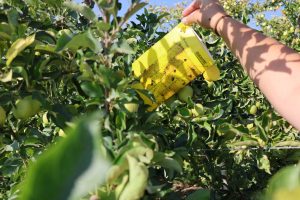State regulated surveys are conducted each year by ISDA for Apple maggot, Emerald Ash Borer, European Pine Shoot Moth, Japanese Beetle, Spongy Moth, and Western Cherry Fruit Fly. These regulated surveys help our Idaho agriculture consumers sale and export pest free products out of state and even out of country.
The apple maggot fly is about the size of a common housefly. Its body is black, its eyes are dark red, and the thorax and abdomen have distinctive white or cream markings. The male has a blunt abdomen with three white stripes, while the female’s more pointed abdomen has four white stripes. A characteristic banding pattern on its wings distinguishes it from most other Rhagoletis species except the snowberry maggot (R. zephyria), which is found throughout the western United States.
Every year ISDA traps for Apple maggot using yellow sticky panel traps and ammonium carbonate bait, in regulated areas of major apple production or wholesale nurseries that grow malus species and ship out of state.
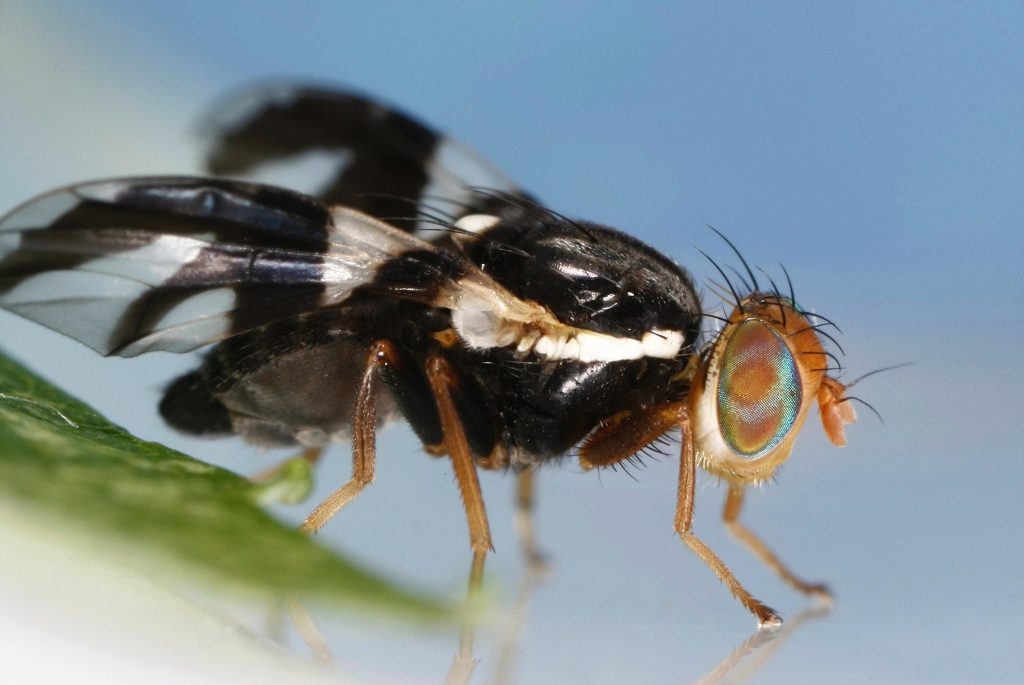
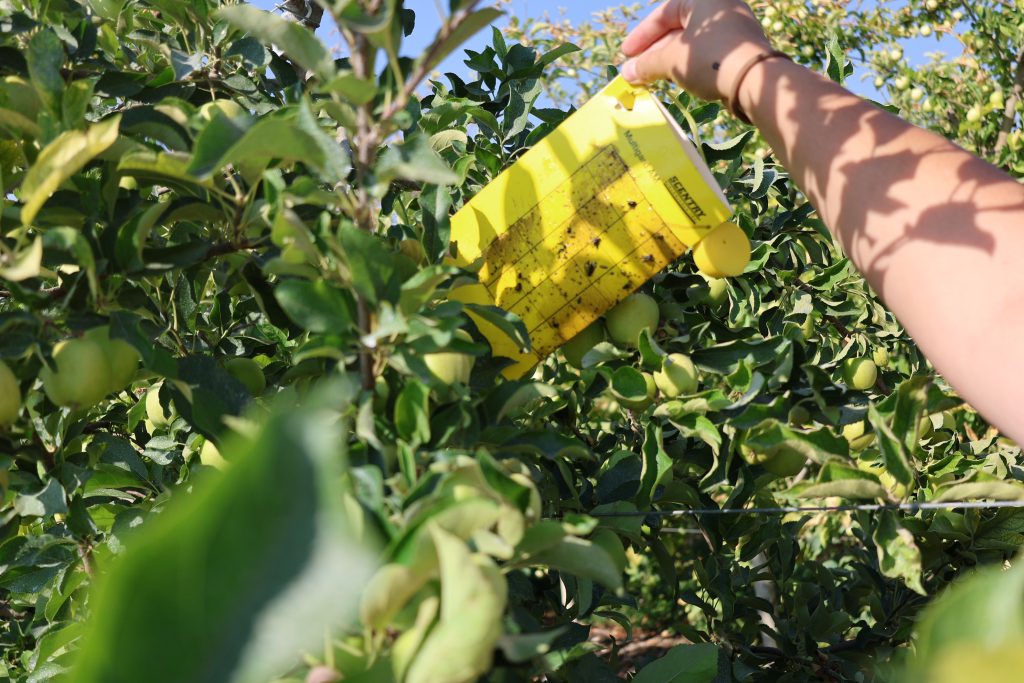
The emerald ash borer (EAB) is an invasive wood-boring beetle, native to parts of Asia. It has not been detected in Idaho.
the adult emerald ash borer is a bright metallic green wood-boring beetle, 8 -14 mm (about ½ inch) long and 3-3.5 mm (1/8 inch) wide, body elongated, head flat. The dorsal surface of the abdomen (underneath wings) is usually a bright red color.
The Idaho Emerald Ash Borer survey is conducted every year to collect data to comply with Canada and Utah quarantines for moving ash tree nursery stock into their country or state.

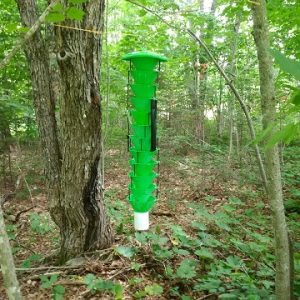
European pine shoot moths are approximately 10 mm long, rusty orange red with a wingspan of 20 mm. The forewings are orange to rust in color and marked with numerous irregular silvery patterns. The hind wings are plain dark brown. The wings form a roof-like cover over the abdomen when the moth is at rest. The antennae are dark colored and more than half the body length.
Idaho conducts a European Pine Shoot Moth survey annually to collect data that is used to comply with California and Montana quarantines on pine nursery stock moving into their states.
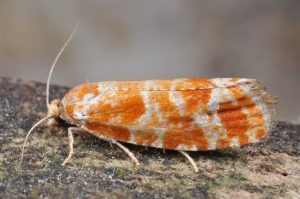
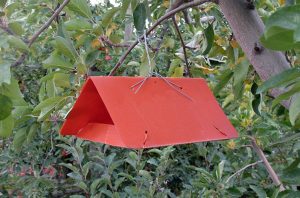
The Japanese beetle was introduced in the United States in 1916, and is a destructive pest of turf, landscape, and ornamental plants in the United States. It is also a pest of several fruit, garden, and field crops, and has a total host range of more than 300 plant species. Adult Japanese beetles feed on foliage, flowers, and fruits. Leaves are typically skeletonized or left with only a tough network of veins. The larvae, commonly known as white grubs, primarily feed on roots of grasses often destroying turf in lawns, parks, and golf courses.
The adult JB beetle is a shiny, metallic green beetle with coppery brown wing covers and is approximately 0.51 inches long.
Idaho began monitoring the state for Japanese Beetle in 1990. Each summer around 435 traps are set out across the state in high-risk sites like plant nurseries, box stores, parks, golf courses and airports.
There are currently 2 active eradication efforts in Idaho, one in Pocatello and one in Caldwell, to prevent the state from becoming infested.
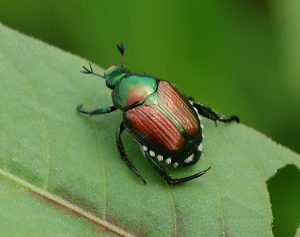
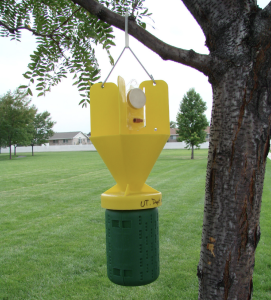
Spongy moth (formerly called gypsy moth) is a destructive defoliator of many deciduous forest and shade trees as well as some conifers. Since the introduction of spongy moth (flightless) (Lymantria dispar dispar) into the United States from Europe in 1869, this pest has spread throughout New England and has become established in all or part of about 20 Northeast and Midwest states. Once spongy moth is established, eradication is usually not possible.

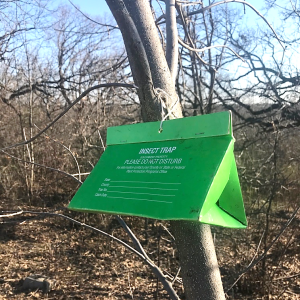
The adult Western Cherry Fruit Fly has a black body with white bands on the abdomen. The wings are transparent with a distinctive dark banding pattern. Adults are weak migrators and will travel no further than necessary to find a host tree.
ISDA conducts an annual trapping survey to detect the first emergence of Western Cherry Fruit Fly in the state.

